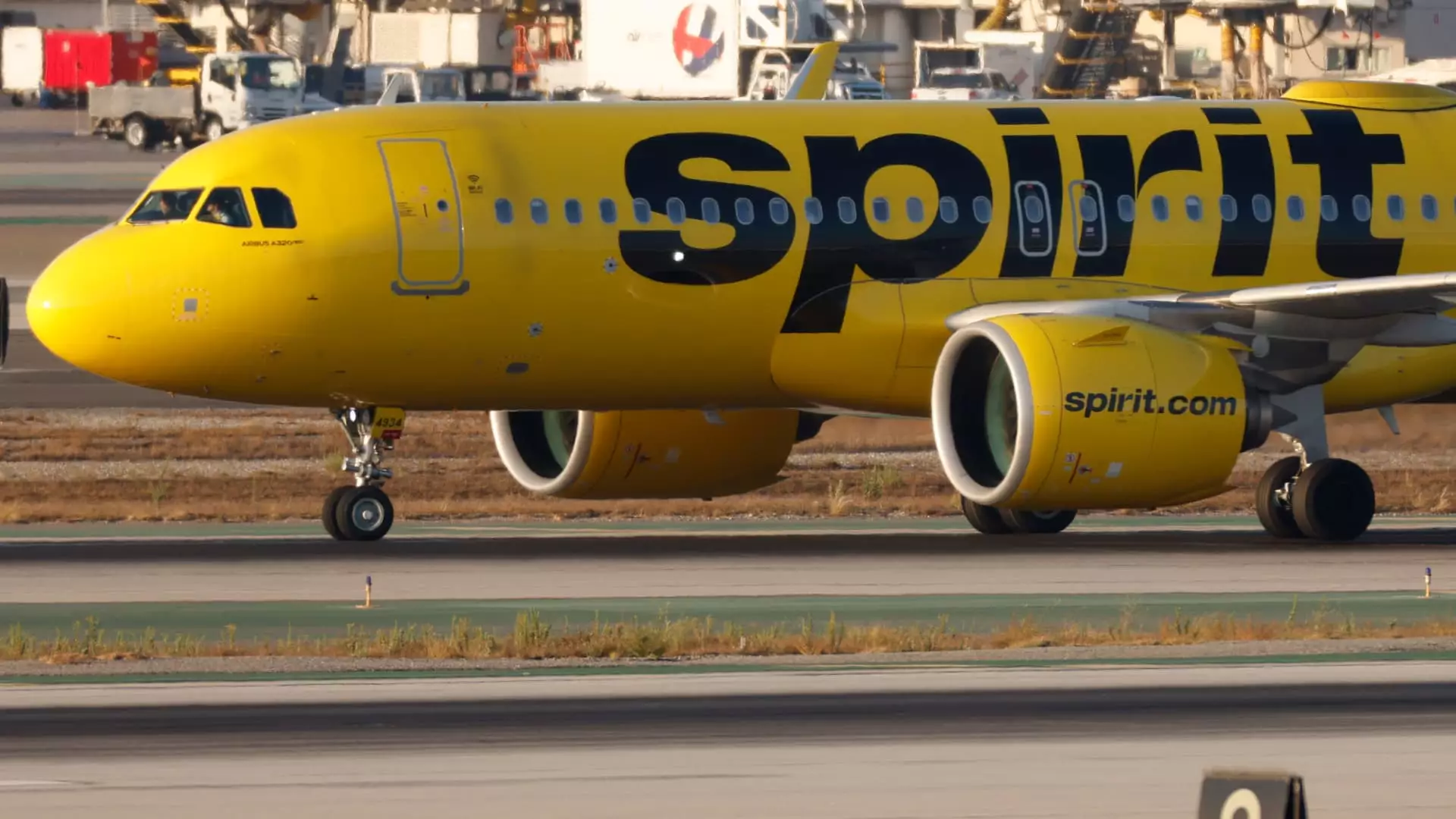Spirit Airlines, a name that for years became synonymous with budget air travel, has recently navigated turbulent skies, culminating in a filing for Chapter 11 bankruptcy protection. This development caps off a struggled trajectory marked by mounting financial losses, a failed merger attempt, intensified competition in the airline sector, and a pronounced shift in consumer preferences. The airline, headquartered in Dania Beach, Florida, is faced with the daunting task of restructuring while maintaining its core operations amidst a period of significant uncertainty.
In a strategic maneuver to manage its financial challenges, Spirit reached a prearranged agreement with its bondholders in advance of the bankruptcy proceedings. This pivotal deal included $300 million in debtor-in-possession financing, aimed at ensuring a smoother sailing through the turbulent waters ahead. Here, CEO Ted Christie sought to calm customer nerves, reassuring them that their booking and travel experiences with Spirit would remain uninterrupted. As one of the first major U.S. airlines to initiate a Chapter 11 filing since American Airlines over a decade ago, Spirit’s predicament raises important questions about the viability of the ultra-low-cost model it once thrived upon.
The airline’s troubles have been multifaceted. Operating expenses have soared post-pandemic, while the consumer landscape has changed, demanding more from budget airlines than ever before. Spirit’s costly engine recall that led to grounding several jets compounded its woes, reflecting the unintended consequences of operating on a tight budget. As cost structures spiraled, Spirit’s operating margin fell sharply, revealing deeper weaknesses within its business model. The financial strain led to a staggering 90% drop in its stock value this year alone.
Moreover, the airline’s attempt to merge with JetBlue Airways, which was seen as a potential lifeline, ended in turmoil as federal antitrust regulations blocked the acquisition. This thwarted merger further highlighted how air travel dynamics have become increasingly complex and competitive, making it difficult for smaller players to thrive. In an ironic twist, as Spirit faced challenges in negotiating its ongoing credit arrangements, the airline was forced to ground itself, further complicating consumer trust and confidence.
Despite its ongoing legal and financial struggles, Spirit has expressed optimism about continuing operations during the bankruptcy process. It plans to undergo significant restructuring, potentially shedding routes and personnel in an effort to stabilize its finances. Plans revealed include furloughing hundreds of pilots and selling off valuable assets, such as aircraft, to enhance liquidity, a tactic that, although effective, raises further questions about the airline’s future viability.
As the competitive landscape evolves, Spirit has attempted to diversify its offerings by introducing bundled fares that include additional perks, such as seat assignments. This shift reflects a broader trend where even the most budget-conscious airlines have had to adapt to an increasing consumer appetite for comfort and conveniences. This new strategy may be a crucial juncture for Spirit, positioning it to compete more effectively against larger carriers that have also embraced minimalist fare structures.
The implications of Spirit’s bankruptcy filing extend beyond its operational framework and concern the broader airline industry. Analysts are surveilling how this case influences not only Spirit’s status but the potential for other budget airlines to weather similar storms. Could this mark a turning point where budget carriers must rethink their no-frills pricing strategies to align better with modern consumer expectations?
Questions linger over future negotiations between Spirit and carriers like Frontier, which may seek to re-establish potential competitive synergies. However, the current environment is fraught with challenges, as courts and regulators remain vigilant to prevent market monopolization.
As we witness the changing landscape of the airline industry, Spirit Airlines stands as a testament to both the potential for innovation in budget travel and the volatility that can accompany rapid expansion and fierce competition. Its model, built on a strategy of low base fares and numerous add-on fees, garnered a dedicated customer base but ultimately proved incapable of adapting swiftly enough to changing market dynamics.
As Spirit redefines its future, it serves as a critical case study for industry specialists, regulators, and consumers alike, urging them to remain cognizant of the delicate balance between affordability, service quality, and sustainable operational practices. The journey of Spirit Airlines illustrates the challenges that accompany economic innovation in a landscape that is ever-evolving, reminding us of the precarious nature of success in the airline industry.


Leave a Reply